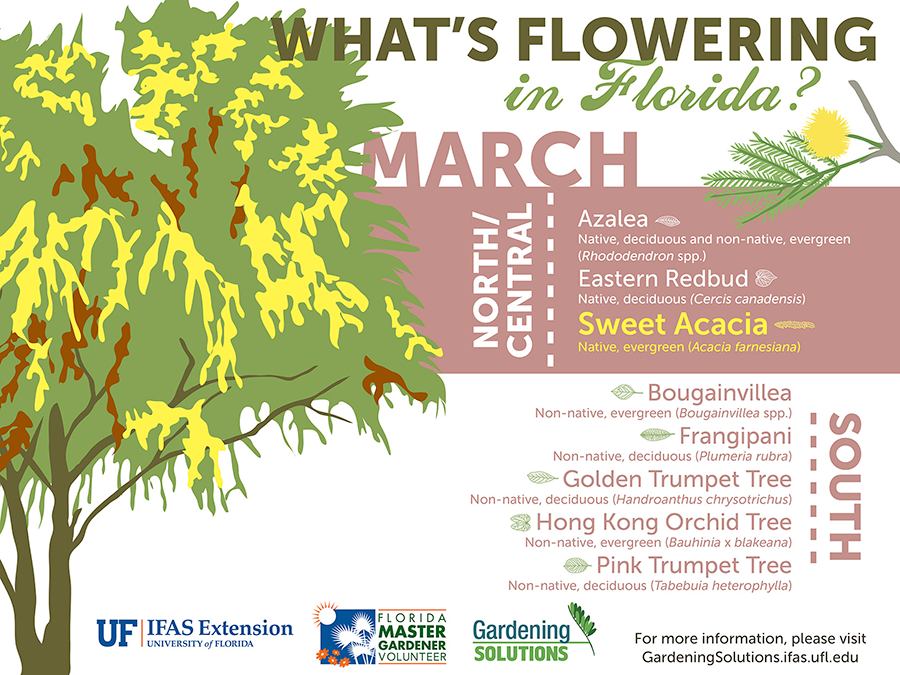When it involves creating a landscape that thrives, mastering the art of tree trimming is a must. Visualize being able to shape your trees with accuracy, guaranteeing their vitality and beauty for many years ahead. By learning the essential techniques for proper cuts, timing, and structural training, you hold the trick to a flourishing exterior room that will excite all that encounter it. Yet how do these pruning approaches really influence the wellness of your trees and the total landscape aesthetic?
Correct Pruning Cuts for Tree Wellness
When it involves preserving the wellness of your trees, making appropriate pruning cuts is essential. Incorrect cuts can result in disease, insect invasion, and overall tree decrease. To guarantee the vitality of your trees, always begin by using sharp, clean tools to make specific cuts.
Begin by identifying the branch collar, a swollen area where the branch affixes to the trunk. Cutting just outside the collar helps advertise appropriate recovery and minimizes the risk of infection. Avoid leaving stubs as they can welcome insects and illness into the tree.
Bear in mind to make cuts at a mild angle, sloping away from the trunk, to prevent water from pooling on the injury. In addition, remove any dead, harmed, or going across branches to boost air blood circulation and sunlight infiltration.
Timing and Frequency of Pruning
To keep the health and wellness and structure of your trees, recognizing the ideal timing and frequency of pruning is vital.
The most effective time to prune trees is normally during the inactive season in late winter months or early spring. Trimming during this duration helps advertise new development once the tree begins budding in the springtime.
Nevertheless, some trees, like spring-flowering ones, are best trimmed right after they end up blooming to stay clear of removing next year's blossom buds.
Routine trimming is necessary, but the frequency depends upon the tree varieties and its growth rate. For most trees, a yearly evaluation to remove dead, unhealthy, or going across branches is suggested. Young trees may need more constant pruning to establish a solid structure, while mature trees might just require upkeep pruning every few years.
Prevent trimming during the fall when diseases are a lot more conveniently spread, and refrain from heavy pruning throughout the summer season when the tree is actively expanding.
Training Young Trees for Framework
For developing solid and healthy and balanced trees, training young trees for optimal structure is essential. By shaping a tree when it's young, you established the structure for a sturdy and visually enticing fully grown tree.
Begin by identifying the central leader, which is the main upward-growing branch. Encourage simply click the following web site by pruning away completing leaders, assisting the tree establish a solid main trunk. Furthermore, get rid of any branches that grow internal or downward, as they can cause architectural concerns as the tree expands.
low maintenance rock garden ideas is necessary to space out side branches evenly around the trunk to advertise well balanced development. As the tree grows, remain to monitor its development and trim as needed to keep its shape and structure.
Correctly educated low maintenance garden ideas are much less likely to develop weak crotches or jammed branches, lowering the risk of damages during storms. Investing time in training young trees will repay with a magnificently structured and resistant tree in the future.
Final thought
Since you have mastered the crucial methods of tree trimming, your landscape is on its way to thriving. By using sharp tools, making accurate cuts, and properly timing your pruning sessions, you are ensuring the wellness and durability of your trees. Keep in mind to regularly examine and maintain your trees to keep them flourishing. With your newly found understanding, your landscape will continue to grow wonderfully for many years to find. Maintain the great work!
